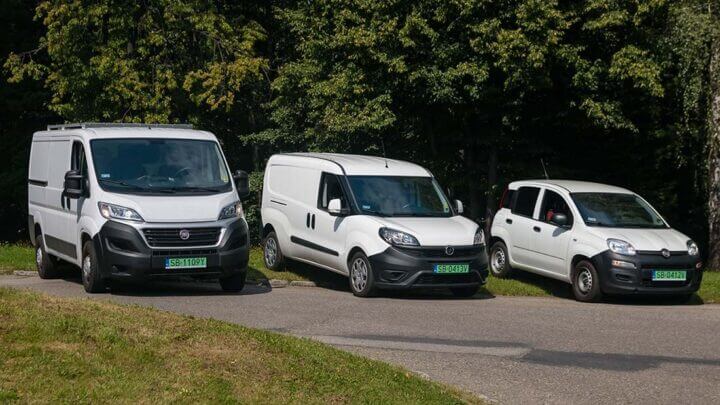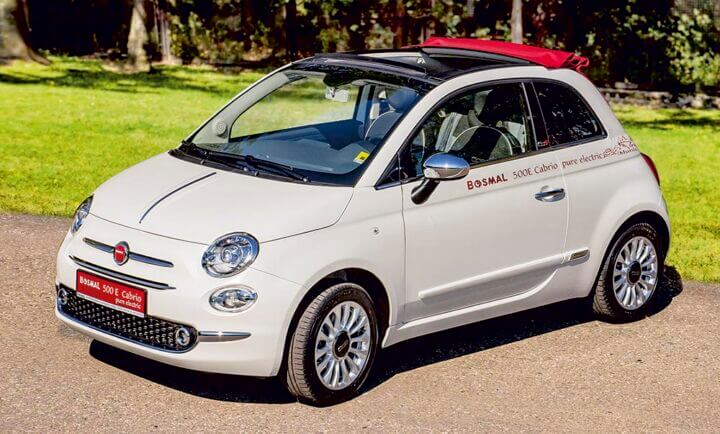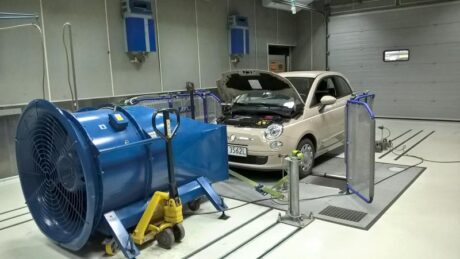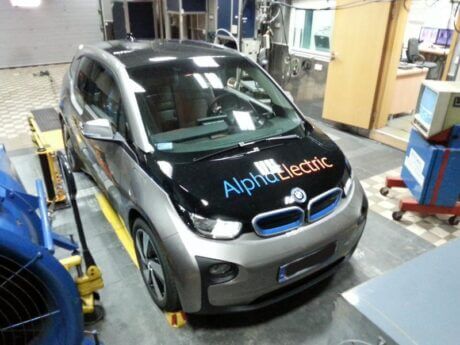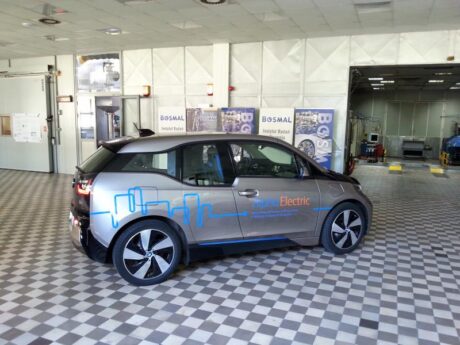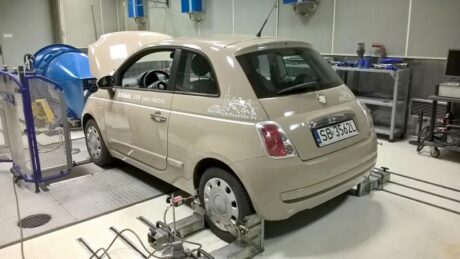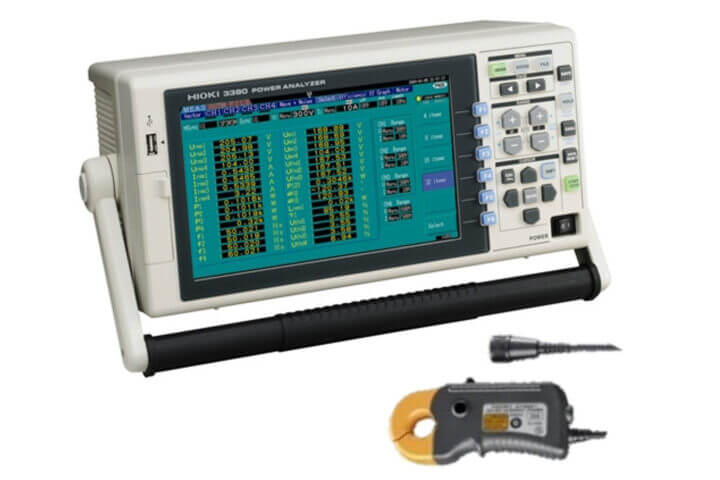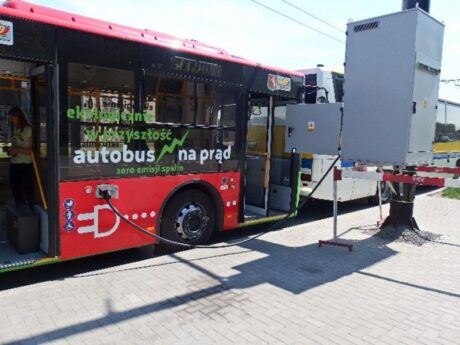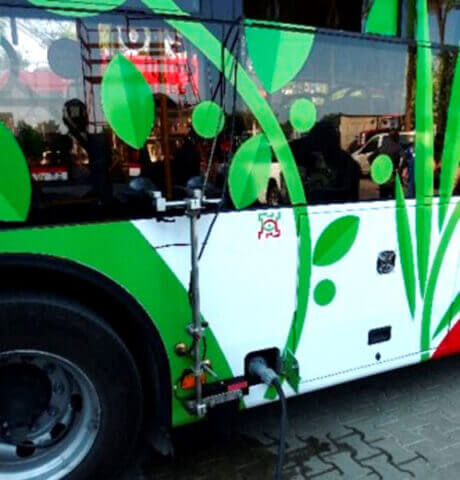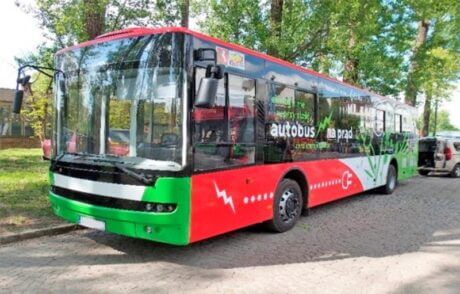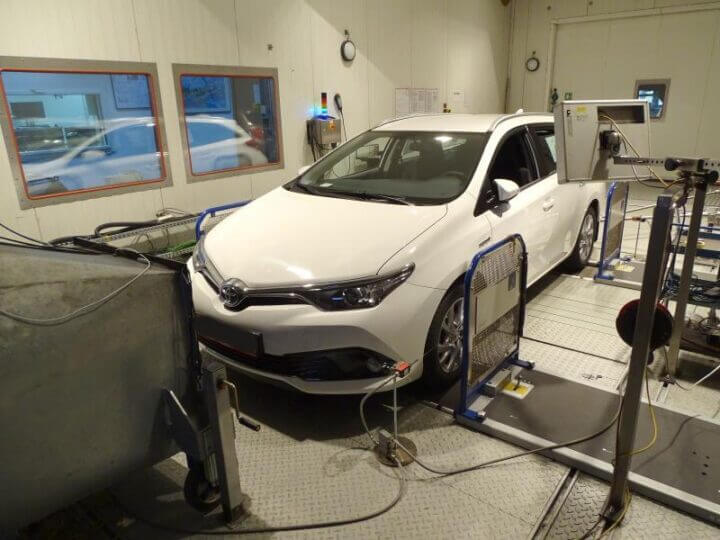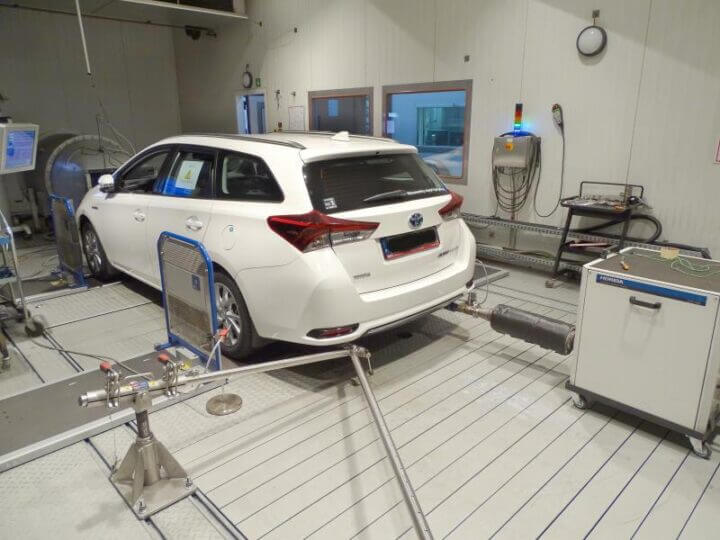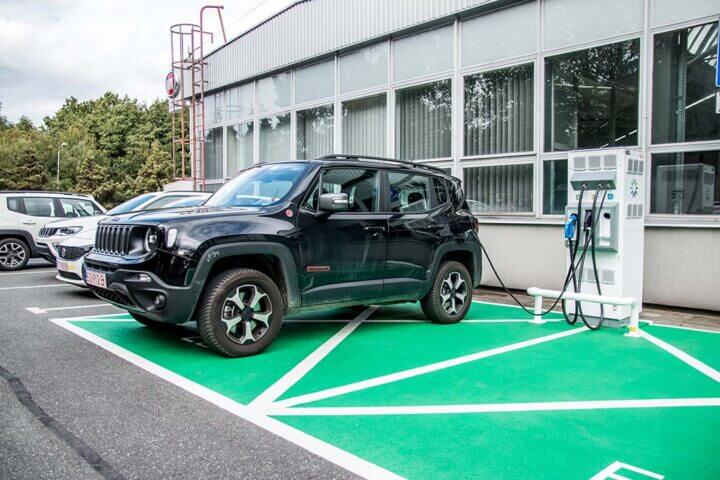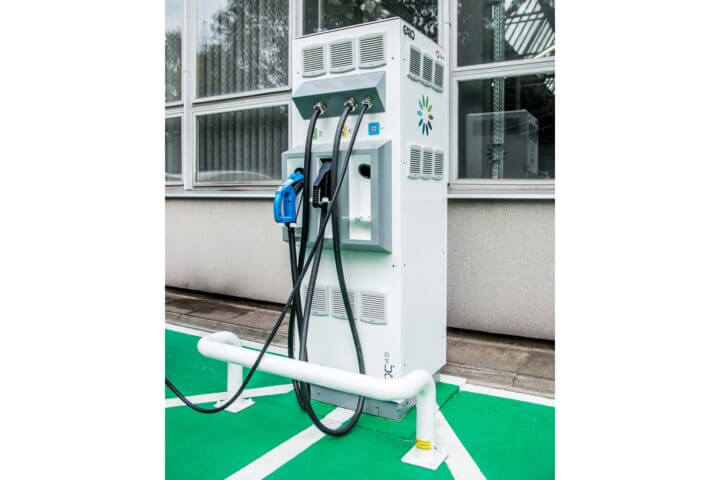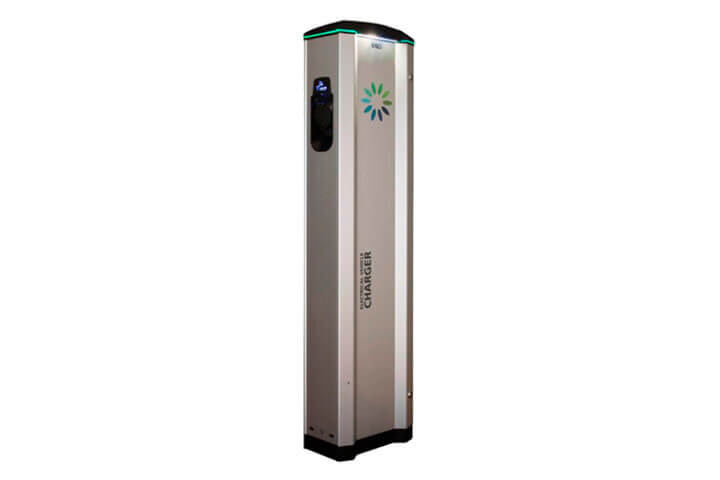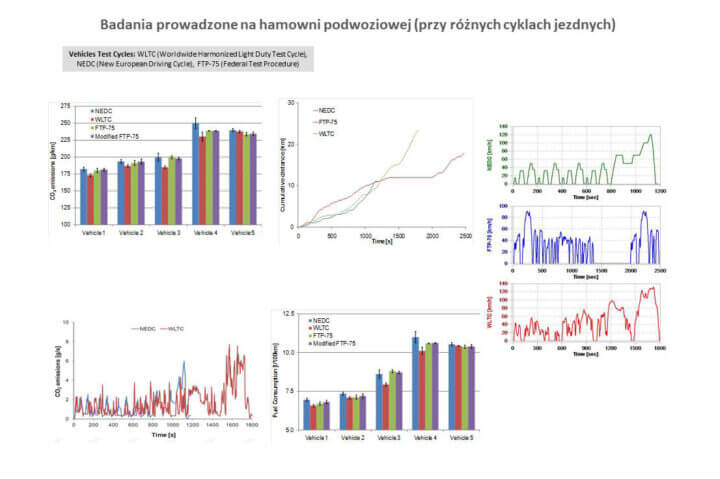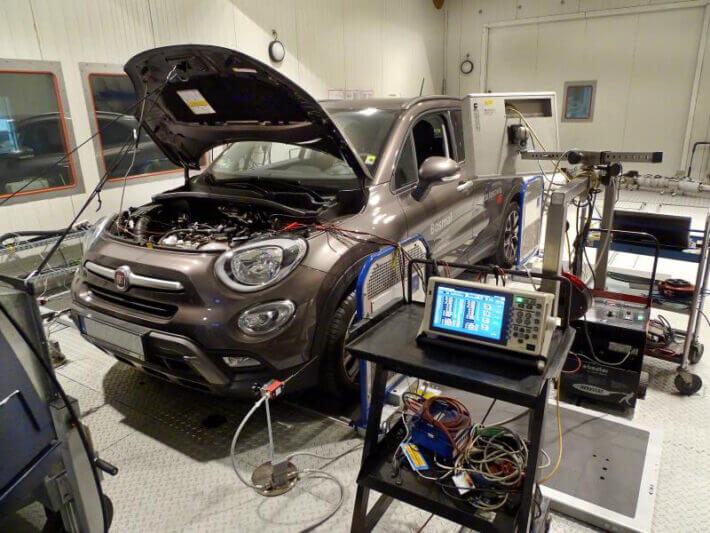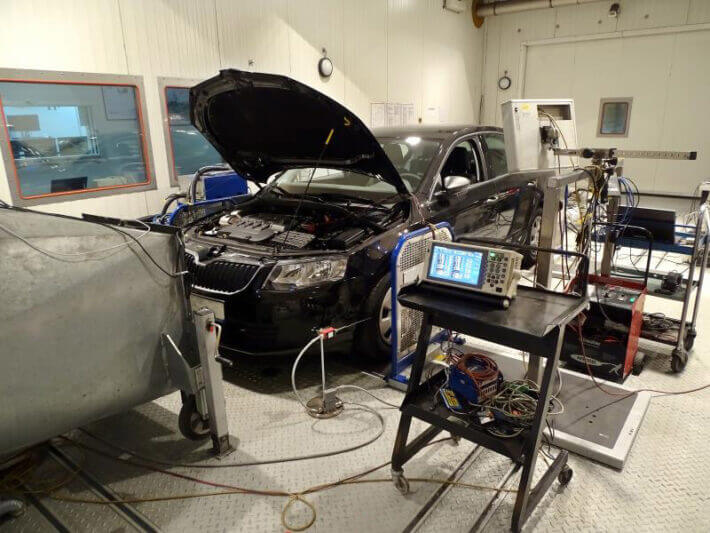Na stronie:
- Systems integration, diagnostics and testing for electric vehicles
- Electric vehicle range determination
- Measurement of electric vehicles’ electricity consumption on a chassis dynamometer
- Electric vehicle range measurements in road tests
- Measurement of electric vehicles’ electricity consumption
- Measurement of electric vehicles’ electricity consumption on a chassis dynamometer
- Badania zużycia energii elektrycznej pojazdów elektrycznych w szerokim zakresie temperatur – badania rozwojowe
- Measurement of energy consumption in electric vehicles during road tests, SORT
- Exhaust emission and fuel consumption tests of hybrid vehicles (including charge balance)
- Electric vehicles charging stations, DC – 50 kW and AC – 22 and 43 kW chargers
- Stacja szybkiego ładowania – Efacec EV DC QC45
- Stanowisko ładowania AC – dla samochodów badawczych
- Tests of batteries and heating and air conditioning systems installed in electric vehicles at temperatures from -45°C to 75°C
- CO₂ emission and fuel consumption testing (including consideration of the power balance)
Zobacz więcej:
- Diagnostyka i analiza danych systemów E/E
- Badania emisji spalin i zużycia paliwa oraz dynamiki pojazdów w hamowniach podwoziowych
- PEMS – badania emisji z pojazdów lekkich, ciężkich i maszyn pozadrogowych
- Badania dynamiki pojazdów na hamowniach podwoziowych 2WD i 4WD
- Pomiary dynamiki pojazdów w temperaturach z zakresu od -35˚C do 60˚C

